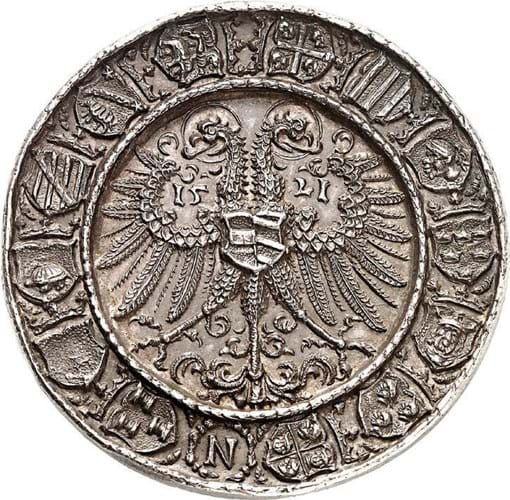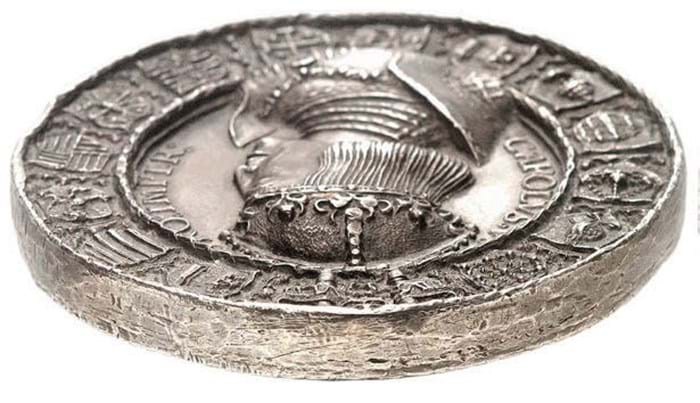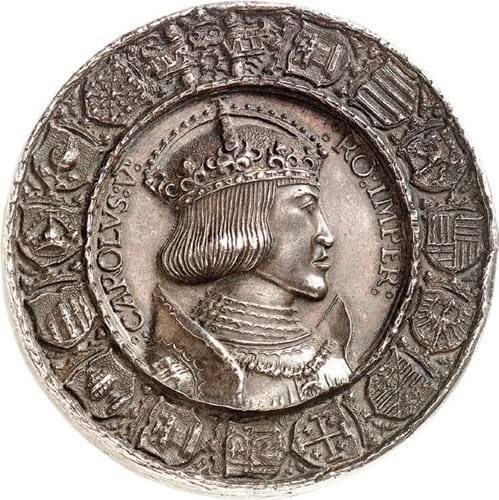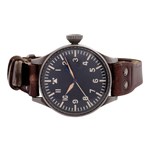The last, sold by Morton & Eden in London as part of the Lawrence Stack collection in 2009 made £258,750 (including premium).
What price would another, offered at auction by Künker in Germany on October 9, bring?
Dürer, the most famous artist of the free city of Nuremberg, was commissioned by the city fathers to produce the medal in 1520 in advance of a visit from Charles, who had been recently crowned king of Germany in Aachen.
As was customary, the gathering was to be the monarch’s first Imperial Diet and the plan had been to present him with 100 medals as he passed through the city gates. Each weighed about 200gms, making the gift some 20kg of silver. Dürer’s medal, created with the aid of the Nuremberg humanists Willibald Pirckheimer, Lazarus Spengler and Johann Stabius, depicts the emperor in profile wearing the imperial crown and the Order of the Golden Fleece and, on the reverse, the double-headed eagle with the letter N for Nuremberg.

The reverse of the Albrecht Dürer medal depicting a double-headed eagle with the letter N for Nuremberg. It sold for €260,000 (£234,000) at Künker.
The coats of arms to the rim are those of the many Habsburg territories. A total of 167 pieces were struck by the mint master Hans Krafft the Elder (1481-1542) who was paid 150 guilders for his work – a huge sum for a task that more typically was rewarded with between two to five guilders.
However, the plan to impress Charles was thwarted as Nuremberg fell victim to the plague. As events unfolded, the emperor decided that the Imperial Diet would instead take place in Worms (accordingly it was there that the fate of Martin Luther was decided) and did not visit Nuremberg until 1540, by which time the youthful image was seriously out of date.

A side view showing the thickness of the Albrecht Dürer medal dedicated to Charles V, Holy Roman Emperor that sold for €260,000 (£234,000) at Künker.
By 1537 the decision had been taken to melt most of the medals down and by 1613 a record documents just 16 survivors. Today a total of 13 of these are known with only four in private hands.
Künker was hoping for a six-figure sum for the ‘excellent’ example it was offering ‘from an old Nuremberg family property’. It was not disappointed. The winning bid from an undisclosed buyer was €260,000 (£234,000) plus premium.















